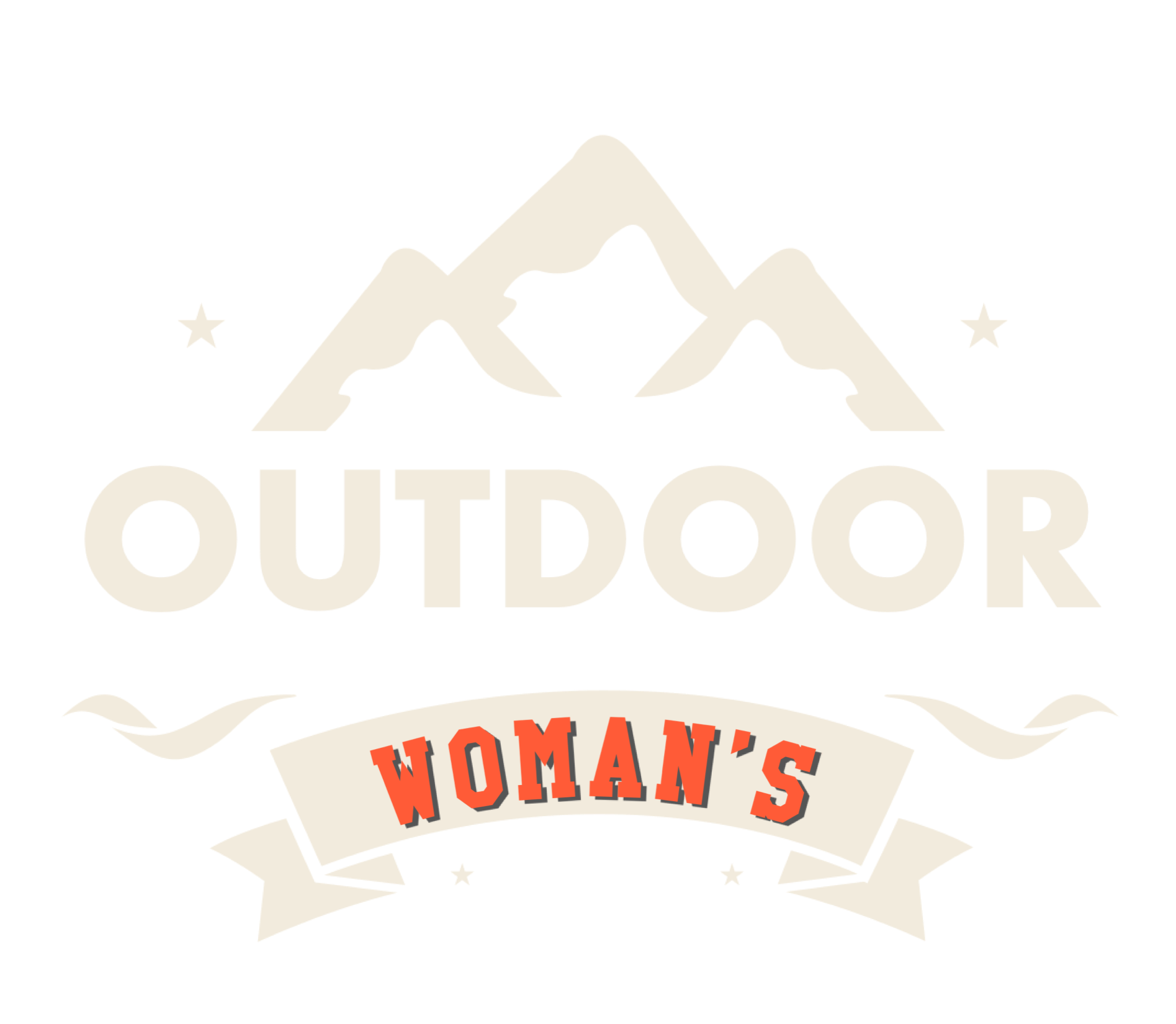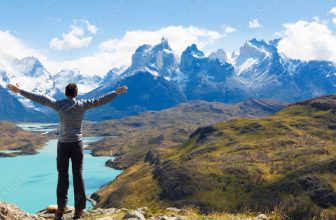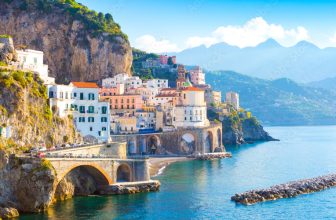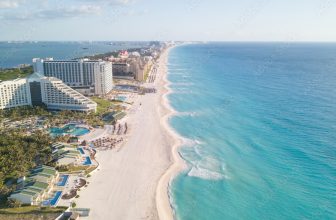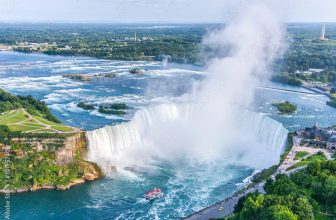
Having decided to go to the city for your next vacation, you’re probably looking for a map of San Francisco. The following article will provide some tips for getting around this vibrant city. You’ll also learn about the different neighborhoods and attractions in the city. It is the commercial and financial center of California. But before you book your flight and start exploring, learn a bit about the city’s culture and history. Listed below are some of the most popular attractions and things to see in San Francisco.
Map of San Francisco
In late nineteenth-century San Francisco, the city began to grow and thrive. As a center of commerce and trade, San Franciscans began to clear trees and fill bays to build developable land. This massive impact on the region’s ecosystems could be seen across the continent. Leland Stanford’s Central Pacific Railroad facilitated logging and near-extermination of bison, as well as early forms of eco-tourism.
A good San Francisco map will show the main attractions, such as museums, monuments, churches, and squares. Each icon will display a number, indicating which attractions are the most popular and interesting. This information will help you plan a fun trip to San Francisco. You can use this map to plan your itinerary to maximize your time in the city. You can also print a copy to keep in your car for quick reference. In addition, the map will show the location of public transit stops.
Despite its steepness, San Francisco boasts more than 50 hills within its city limits. Some neighborhoods are named after these hills, such as Nob Hill and Russian Hill. Mount Davidson and Twin Peaks, two hills that are popular for their views, are also prominent. The former is 928 feet high, capped by a 103-foot cross. The latter is home to the Sutro Tower, a huge radio and television transmission tower.
Its culture
The City of San Francisco is known for its diverse and inclusive culture. It has a long history ranging from the arrival of gold seekers in the Gold Rush, to the building of the transcontinental railroad, to the military presence during World War II. The cultural makeup of San Francisco changes on a 10 to twenty-year cycle. Unlike many other cities, the city is composed of different cultural layers and socioeconomic classes. Here are some examples of San Francisco’s diverse neighborhoods.
Music fans can enjoy a wide variety of music and cultural events. The city’s vibrant music scene features many unique street festivals. The famous gay pride parade takes place in June, and the Folsom Street Fair is a big event in September. The city is also home to the Chinese New Year Parade, Carnaval, and Hardly Strictly Bluegrass. Rappers such as Big Rich and Ant Rich 415 are also prominent in San Francisco.
Its attractions
If you’ve ever wanted to experience the cultural, financial, and commercial center of California, San Francisco is the city for you. Whether you want to learn about the history of the city, tour the museums, or take in some of the beautiful views, this city has it all. From the fog to the hillsides, San Francisco has something to offer everyone. Here are just a few of the city’s most popular attractions.
The Exploratorium, a museum founded in 1969, houses huge galleries dedicated to science. Visit the museum to learn about a different science topic, and take part in workshops and talks. Another popular attraction in San Francisco is the Presidio, a massive military base turned scenic park. Visitors can enjoy hiking, biking, and other outdoor activities on this park’s trails, and take in the incredible views. Its attractions in San Francisco are sure to enchant you and leave you wanting to see more.
In addition to museums, you can also check out some of the city’s finest museums. The de Young Museum opened in 1924 and is home to over 90,000 pieces of art. Afterwards, you can visit the Japanese Tea Garden or the San Francisco Botanical Garden. These two attractions contain collections of trees, flowers, and other plants that represent different ecosystems. Regardless of what your taste is, you’re sure to find something to enjoy in San Francisco.
Its climate
The climate in San Francisco is Mediterranean. The city has warm summers and drier winters. The Pacific Ocean and the San Francisco Bay influence the city’s climate. The temperature range is moderate year-round, with few seasonal changes. In addition, snowfall is rare, occurring only once in the area in 1976. The average temperature is between 14 and 16°C year-round. The city’s climate is suitable for both outdoor activities and indoor use, and there are no extremes.
The climate in San Francisco is marked by fog, which brings freshness and humidity. Fog is linked to the meeting of hot air from the continent and cold oceanic air. It makes San Francisco feel like an autumnal town. While summertime temperatures are warm and sunny, October and November tend to be cool, with the latter month featuring more precipitation. The city is usually sunny for most of the year, and the fog is often sparse.
Its bars
Despite its reputation as a gay bar, The Mission is actually the hottest place to grab a drink in San Francisco. Its sister bars, Trademark and Copyright, share a patio and are both neighborhood sports bars. However, both also feature a secret kitchen, where guests can sample boozy desserts and chef-created bar bites. You can also find bohemian-chic bars such as Laszlo, which is located inside the Foreign Cinema. These are great if you’re into vinyl, as the place is filled with trees and has a cool atmosphere.
Despite its small size, San Francisco’s cocktail bar scene has capitalized on the city’s expendable income and tech-driven growth spurt to make it one of the world’s top places for cocktail-drinking. From private-label Calvados at Trou Normand to a thoughtful Daiquiri at The Interval, San Francisco has something for everyone. Just make sure to dress appropriately for the occasion.
Its cable car system
The world’s last manually operated cable car system is a San Francisco icon. The iconic cable cars wind through the city’s neighborhoods, transporting tourists from one area to another. Whether you’re a first-time visitor to the city or you’ve been here many times before, the cable car system is a must-see. The system operates between Pier 39 and Union Square, and takes about 10 minutes to complete one round trip.
The cable car system is a pillar of San Francisco’s livability efforts. The huge wheels on the cars help the vehicles move smoothly. They are also patented and often have multiple designs. The cable used is a hemp core wrapped in steel strands, providing strength and flexibility. In the 1920s, the cable car system was converted to electricity, which made the rides even more comfortable. While the cable cars may seem like an everyday part of city life, the system is so much more than that.
The San Francisco Cable Car Chronology covers the history of the cable car system from 1869 to the present. It is organized into four eras: the Clay Street Hill Railroad, the Sutter Street Railroad, the Geary Street Railway, and the Park & Ocean Railroad. It also includes the Market Street Railway, the United Railroads of San Francisco, and the Municipal Railway of San Francisco. All of these companies started operating cable cars in San Francisco and operated them until the late nineteenth century.
